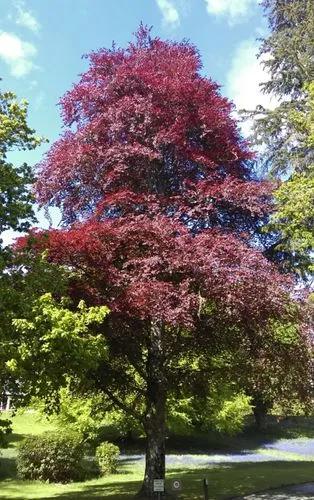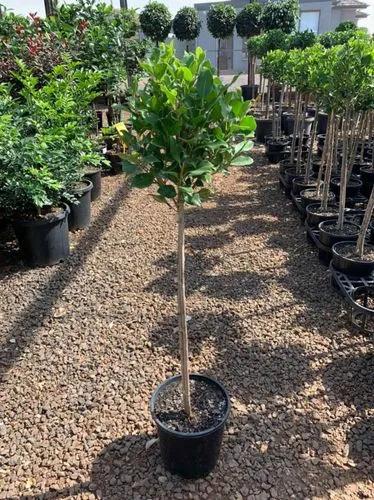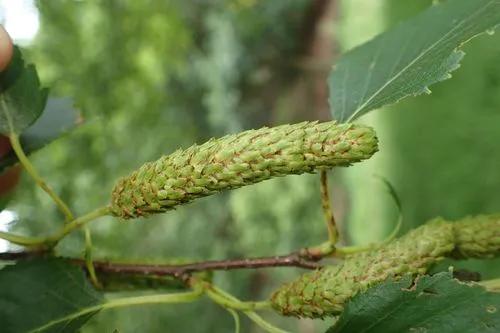Caragana arborescens, commonly called Siberian pea tree, is a large, rounded, multi-stemmed, deciduous shrub with upright branching that grows to 15-20’ tall and to 12-15’ wide. It is native to Siberia and Manchuria. It features pinnately compound bright green leaves (to 3” long), each with 4 to 6 pairs of obovate to elliptic-oblong leaflets (to 1”). Stipules are usually spiny. Insignificant yellowish fall color. Pea-like yellow flowers bloom singly or in clusters in May on the prior year’s wood. Flowers give way to yellowish-green pods (to 3” long) that mature to brown in summer.
Genus name comes from the Latinized version of the Mongolian name for a species of the genus.
Specific epithet means tending to be woody or tree-like.
Siberian Peashrub Care
Caragana Arborescens



Caragana arborescens, the Siberian peashrub, Siberian pea-tree, or caragana, is a species of legume native to Siberia and parts of China (Heilongjiang Xinjiang) and neighboring Mongolia and Kazakhstan. It was taken to the United States by Eurasian immigrants, who used it as a food source while travelling west. In some areas of the United States it is considered an invasive species.
It is a perennial shrub or small tree up to 2–6 m (6 ft 7 in–19 ft 8 in) tall. Typically, it has a moderate to fast growth rate, being able to grow one to three feet during the first year after trimming.
The leaves vary from light green to dark green, and are alternate and compound with many small leaflets. Fragrant yellow flowers bloom in May or June. The fruits are legumes which contain many seeds, and ripen in July. As the seed pods dry they have a tendency to twist and pop open, releasing the seeds. Invasive in woodland edge environments and pastures, especially upper Midwest of the US.
How to Care for the Plant

Popularity

517 people already have this plant 87 people have added this plant to their wishlists
Discover more plants with the list below
Popular articles






